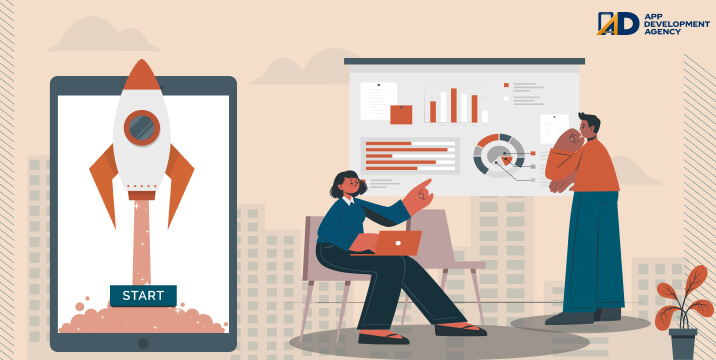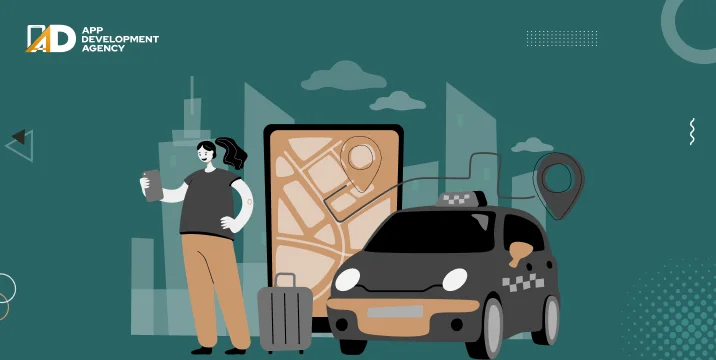It is not easy to change a building design when it is on / off construction such as how you build a skyscraper or any tall building for that case. But you can change any software design even if it reaches the completion stage. We all know that software design and development involves many stages, in which testing plays an important role that shows whether the coding execution is proper or not; thus, the success of software design is usually measured.
Redesigning or making frequent changes in software design was a tough task when a project reaches the testing stage, in previous days. With the introduction of rapid application development technology into the industry, you can change or restructure your software coding design and development process at any stage of execution. The functions and features of rapid prototypes make sure that your end product is never affected.
From this blog, you can gain complete knowledge of RAD, how to work on RAD and how it has improvised the standard of software development. There are several Mobile app development companies in the USA, knowing the benefits of implementing RAD, which has incorporated the RAD technology and creating innovative software designs that meet client expectations.
What is Rapid Application Development?
Rapid application development is a software development model that simplifies complex unresolved designs and testing cycles and prioritizes rapid prototyping for such cases. With RAD, you can change and execute coding any number of times and perform testing cases a plethora of times. You can change the entire software development from scratch every time you make any change in the coding part. It does not impact your expected output of the software design and application development.
How RAD differs from the waterfall model of development?
The waterfall development model failed to execute the program when in the testing phase, it could not change the core functions and features of the software, whereas RAD was successful in performing the same. Hence the software may or may not fulfill your requirement.
How does RAD work?
RAD involves four steps of software execution. The first stage begins with requirements planning, followed by User design, in which you set the prototype, test and refine repeatedly until you get a perfect solution as per your software design. In the third stage, the construction part happens where you integrate the entire coding part into one sequence, verify, test, integrate testing and debug; finally, perform cutover that transforms your client’s current process into a new process.
Pros and Cons of RAD
When is the right time to use RAD?
There are three situations defined when you can bring in RAD into your software development process.
When your prototypes are reliably workable?
Feedback plays a significant role in the success of RAD. In accordance with the previous iterations, if you can receive sufficient feedback and you can work upon, then RAD is the perfect model to follow.
When you have got enough funds?
In fact, RAD is very inexpensive when compared to other development models, but sometimes it can be expensive too in the form of hiring efficient resources. To maintain RAD, you need highly skilled developers for whom you should pay a good salary. In that manner, you can implement RAD if you can allocate a portion of the amount to developers’ salaries.
When do you expect quick project completion?
If the requirement of the project is huge or if you are working a tight deadline to deliver the end product, then RAD is the best platform to choose for. As specified previously, RAD can easily break a long requirement plan into simplified processes so that developers can create many prototypes and set the requirement properly. In turn, this leads to the early completion of the project.
Conclusion:
Adapting to RAD is the best software plan if you have it in your mind. Before you incorporate technology, it should not be just your decision or adaptation; the entire team should accept it with effective coordination, the final product is delivered to the client, without having a second thought.
Author Bio:
Rose is a senior editor at Top Firms. She has been a technology blogger for 9 years. She is a badminton champion at the national level.

Construction management software plans, schedules, creates budget, and monitor (1) Residential buildings, (2) Commercial structures, (3) Public buildings: (hospitals, schools), (4) Infrastructure projects: (bridges, airports), (5) Large-scale industrial facilities by centralizing data, streamlining workflows, and improving communication among stakeholders, ultimately leading to increased efficiency, better cost control, reduced errors, and more informed decision-making throughout a …
Continue reading “What is the Cost Price of Making a Construction Management App?”
Read More
Are you one of those who use ten tools to complete one task – switching from email to CRM to Project Management to Google Worksheet? You might simply require one enterprise solution! Back in 2019, in a mid-sized logistics firm, everything ran on spreadsheets and emails. It was fine until there were missed updates, clashing …
Continue reading “Why Are Enterprise App Development Companies Working So Hard?”
Read More
Is the ridesharing industry saturated now? No doubt there are already a lot of best ridesharing apps globally. However, as per Statista, the leading research site, the ridesharing market is expected to grow at 22.13% annually and reach $226 billion dollars by 2028. The numbers are crazy, and to further prove our point – Arro, …
Continue reading “14 Best RideShare Apps in 2025”
Read More